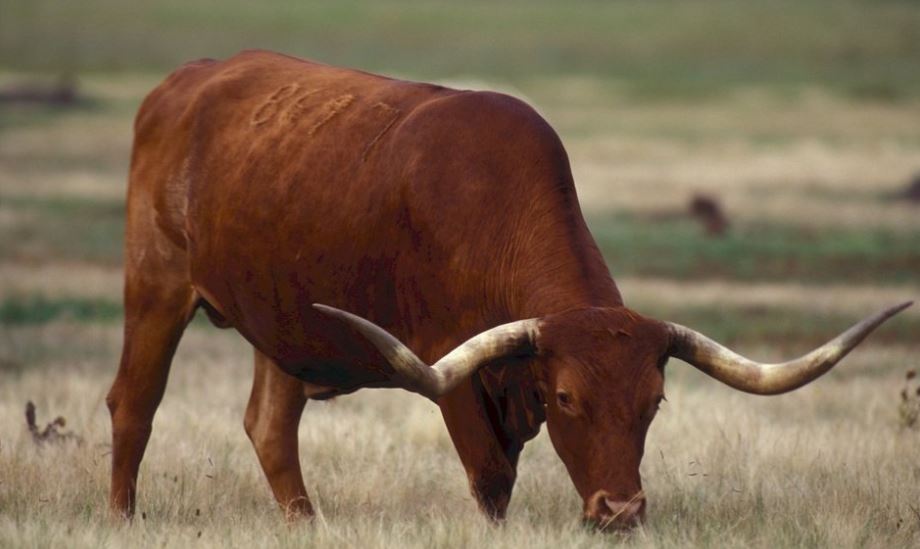Grazing Lease Considerations: Think Before Acting
Owning land is great, but properly managing the property is often challenging. This is especially true for landowners with little to no knowledge about farming and ranching practices. In Texas, one of the most common ways to monetize rural lands is to operate a grazing lease.
Grazing leases, like many things, are often easier said than done. And from what we have seen over the years, many folks have no idea what they are doing when it comes to developing a livestock grazing lease that has their property’s best interest in mind.
Sadly, many self-proclaimed cattlemen, even those “born the land,” show little regard to protecting the natural resources, specifically the soil and plant communities, found on a property. After all, however, it’s not their land that they are leasing.

Grazing Lease Prices: What’s Fair?
Questions often arise as to what constitutes a fair grazing lease price. Since there is not a commercial market for pasture, determining the price often becomes a matter of finding comparables much like the real estate market. Supply and demand is probably the most important factor in determining the price, but habitat quality and quantity are also a factor.
If there is a large quantity of pasture available in a given area and very few ranchers needing extra pasture, rents may be low.
Likewise, if there were little pasture acreage for rent but many ranchers needing extra pasture, grazing leases may be bid higher. But price alone should not the most important factor. It would be foolish for someone to destroy the intrinsic value of their land for a few thousand dollars a year. Grazing leases must be administered correctly from the start.
What will the Grazing Lease Offer?
Livestock facilities and their condition as well as the quality of the pasture and availability of water all have an effect on pasture rental rate. Grazing lease prices are also influenced by alternative land uses. If the same acreage could be planted to corn or soybeans, the price for the pasture would have to be competitive with the rental rate for corn and bean land.
If the land is not suited for production of row crops but could produce hay, the return to pasture would also have to be competitive with the return to hay ground.
Size of Leased Land is a Factor
Property size must also be taken into consideration when thinking about grazing leases. Smaller tracts of land, such as those less than 100 acres in size, should graze only a small number of cows. As land size gets smaller, grazing lease administration becomes unrealistic from the landowner’s perspective, and logistically unattractive from someone looking to lease the pasture.
From a livestock producer’s perspective it may not be worth the hassle to lease land just to run a handful of cows. For landowners with less than 100 acres, the wildlife exemption could be an excellent way to maintain the low ag tax rate and get much more enjoyment out of the property.
Grazing Lease Responsibilities
When considering grazing leases, a division of responsibilities between the landowner and the livestock owner must be considered when negotiating rental price. In most cases, the renter is responsible for production activities, including checking livestock, providing fly control, salt, and minerals, checking water supply.
Land-related activities, such as repairing fence, weed and brush control, and fertilizing and reseeding pastures, are typically negotiable. However, in most cases, it is the responsibility of the renter to repair fences with the landowner providing the necessary materials.
Grazing leases can vary a lot and there are many ways to do them wrong. Contact our land consulting service if you own property and are struggling with managing it yourself, or if you just have a few questions.